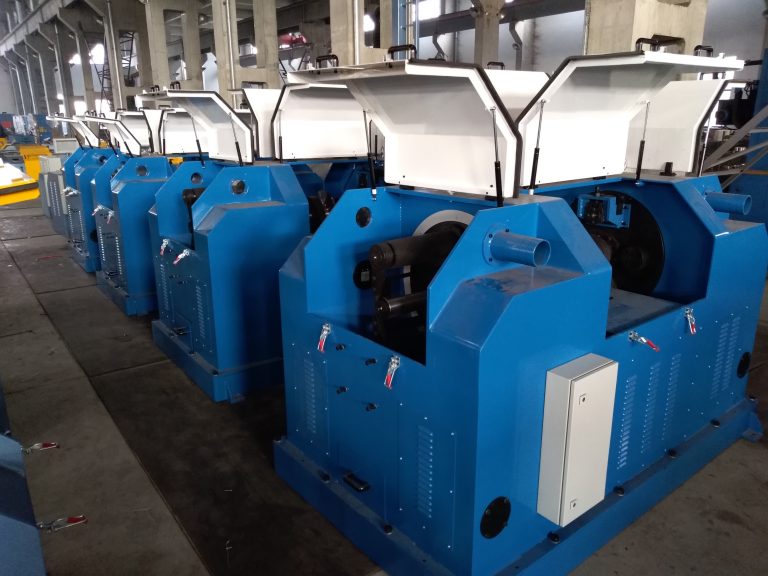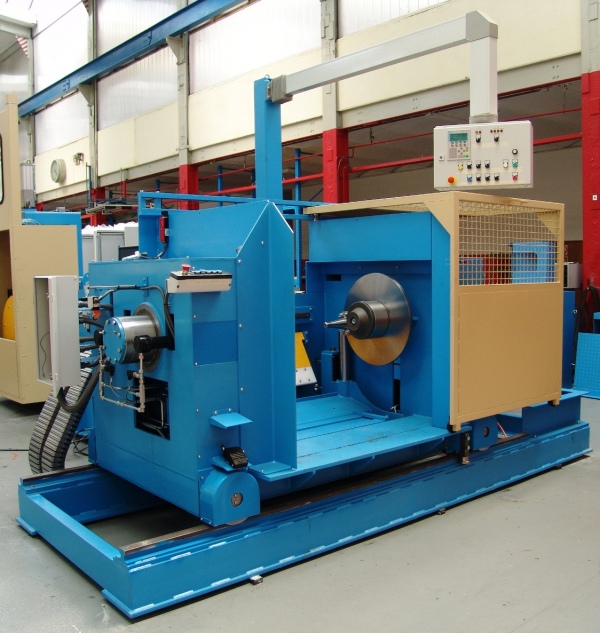Comment choisir le fil de projection thermique adapté à vos besoins spécifiques en matière de revêtement
La pulvérisation thermique est une méthode populaire utilisée dans diverses industries pour appliquer des revêtements sur des surfaces à des fins de protection, de restauration ou d’amélioration. L’un des composants clés du processus de projection thermique est le fil de projection thermique, qui est utilisé comme matière première pour créer le revêtement. Le choix de la bonne machine à fil en alliage d’aluminium est crucial pour obtenir la qualité et les performances de revêtement souhaitées. Dans cet article, nous verrons comment choisir le fil de projection thermique adapté à vos besoins spécifiques en matière de revêtement.

Avantages de l’utilisation du fil de projection thermique pour les applications de revêtement industriel
De plus, le fil de projection thermique offre une excellente adhérence sur une large gamme de substrats, notamment les métaux, les plastiques et les composites. Cette forte adhérence garantit que le revêtement reste bien en place, même dans des conditions difficiles. La capacité de revêtir facilement des formes et des surfaces complexes améliore encore la polyvalence du fil de projection thermique, le rendant adapté à un large éventail d’applications industrielles.
En termes d’avantages environnementaux, le fil de projection thermique est une méthode de revêtement relativement propre et respectueuse de l’environnement. . Le processus n’implique pas l’utilisation de solvants ou d’autres produits chimiques nocifs, ce qui réduit l’impact sur l’environnement par rapport aux autres méthodes de revêtement. De plus, la durabilité des revêtements de fils par projection thermique signifie qu’ils nécessitent un entretien et un recouvrement moins fréquents, réduisant ainsi davantage l’empreinte environnementale des opérations industrielles.
Dans l’ensemble, les avantages de l’utilisation de fils de projection thermique pour les applications de revêtement industriel sont évidents. De sa durabilité et de sa polyvalence à son efficacité et sa rentabilité, le fil pour projection thermique offre une gamme d’avantages qui en font un choix populaire pour de nombreuses industries. Que vous ayez besoin d’un revêtement protecteur pour une surface à forte usure ou d’une finition décorative pour un produit, le fil de projection thermique peut fournir une solution fiable et efficace.
Thermal Spraying Wire is a versatile and effective method for applying coatings to various industrial surfaces. This process involves melting a wire material and spraying it onto a substrate to create a protective or decorative coating. There are several benefits to using Aluminum wire breakdown drawing machine for cable aluminum wire for industrial coating applications, making it a popular choice for many industries.

One of the main advantages of thermal spraying wire is its ability to provide a durable and long-lasting coating. The high temperatures involved in the spraying process allow the wire material to bond tightly to the substrate, creating a strong and resilient coating that can withstand harsh environmental conditions. This durability makes thermal spraying wire ideal for applications where the coated surface is exposed to wear, corrosion, or high temperatures.
In addition to its durability, thermal spraying wire offers excellent versatility in terms of the materials that can be used for coating. A wide range of wire materials, including metals, ceramics, and polymers, can be used in the thermal spraying process, allowing for customization of the coating properties to suit specific application requirements. This flexibility makes thermal spraying wire a versatile solution for a variety of industrial coating needs.
Another benefit of using thermal spraying wire is its efficiency and cost-effectiveness. The process can be automated, allowing for high-speed and high-volume coating applications. This efficiency not only saves time but also reduces labor costs, making thermal spraying wire a cost-effective option for industrial coating projects. Additionally, the ability to apply coatings in a single step without the need for additional primers or adhesives further enhances the cost-effectiveness of thermal spraying wire.

Furthermore, thermal spraying wire offers excellent adhesion to a wide range of substrates, including metals, plastics, and composites. This strong bond ensures that the coating remains securely in place, even under challenging conditions. The ability to coat complex shapes and surfaces with ease further enhances the versatility of thermal spraying wire, making it suitable for a wide range of industrial applications.
In terms of environmental benefits, thermal spraying wire is a relatively clean and environmentally friendly coating method. The process does not involve the use of solvents or other harmful chemicals, reducing the impact on the environment compared to other coating methods. Additionally, the durability of thermal spraying wire coatings means that they require less frequent maintenance and recoating, further reducing the environmental footprint of industrial operations.
Overall, the benefits of using thermal spraying wire for industrial coating applications are clear. From its durability and versatility to its efficiency and cost-effectiveness, thermal spraying wire offers a range of advantages that make it a popular choice for many industries. Whether you need a protective coating for a high-wear surface or a decorative finish for a product, thermal spraying wire can provide a reliable and effective solution.






